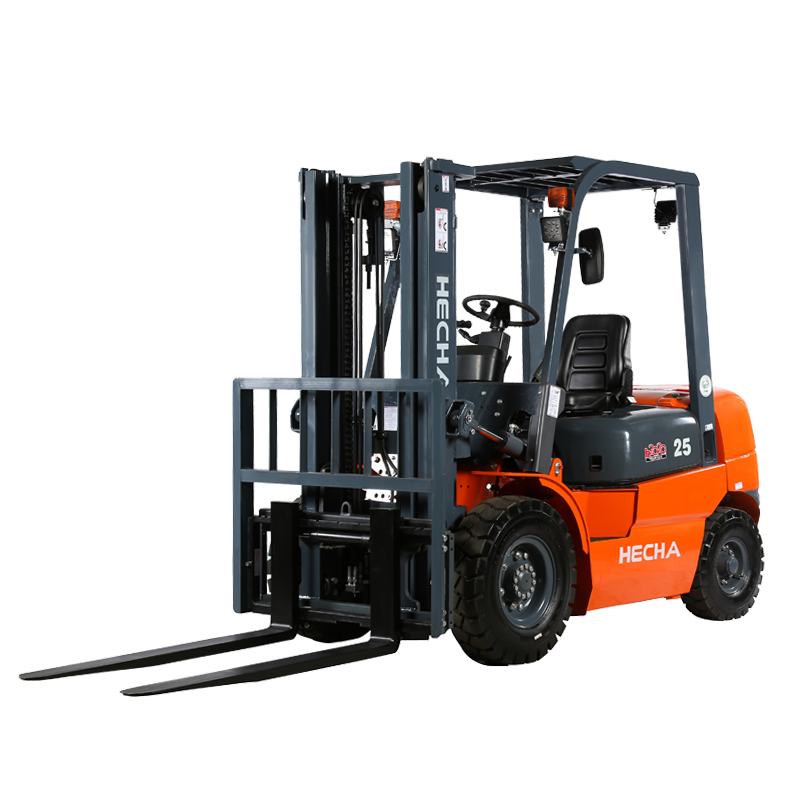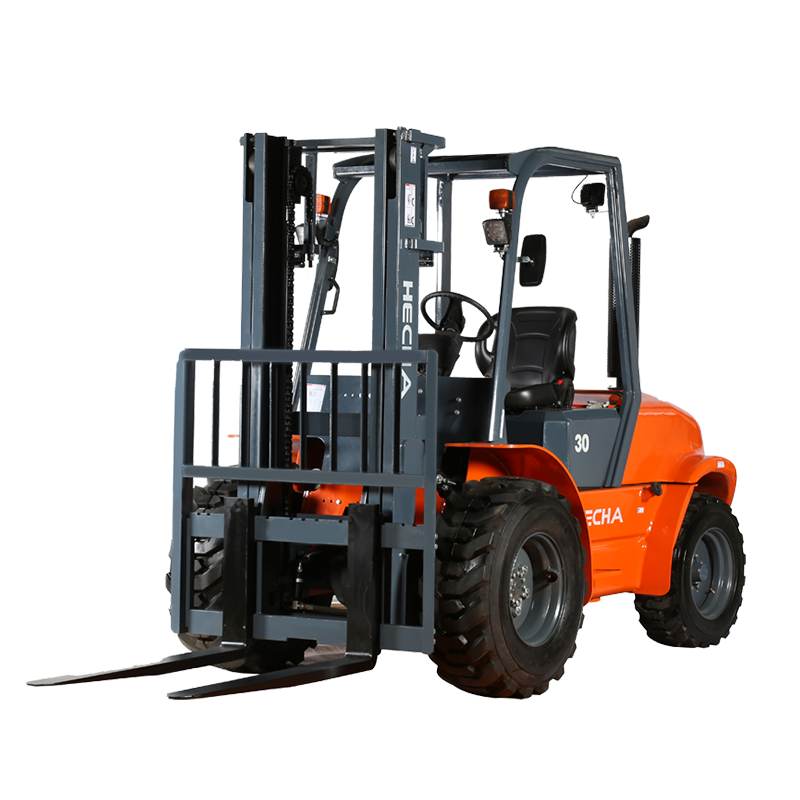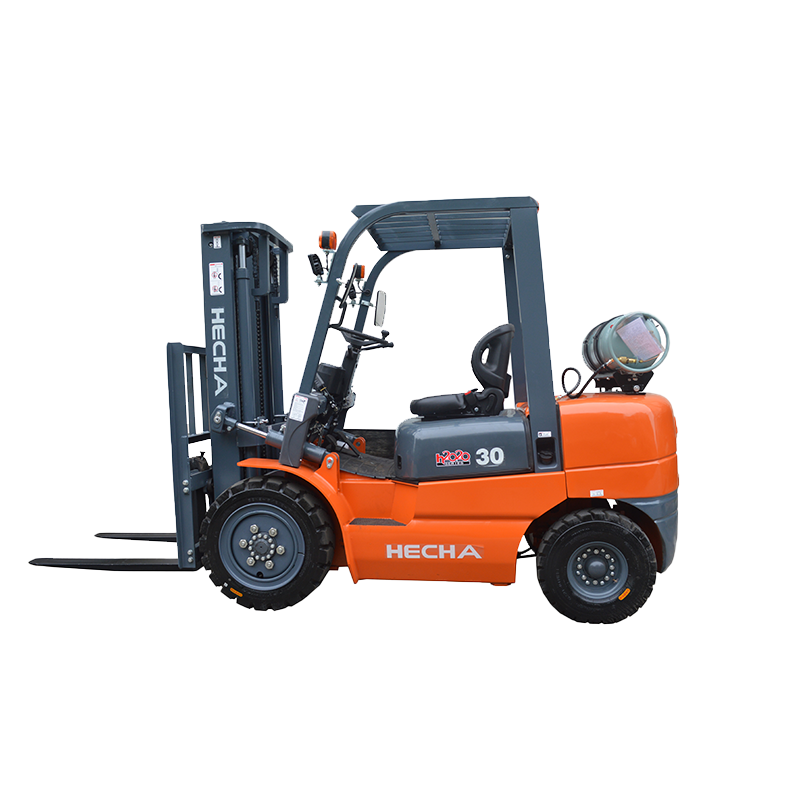In modern warehouses, manufacturing facilities, and logistics operations, efficient material handling is crucial for productivity. Among the various equipment options available, the semi-electric stacker has gained popularity due to its balance of manual and electric functionalities. Unlike fully manual stackers that require significant physical effort or fully electric models that come with higher costs and maintenance demands, a semi-electric stacker offers a practical middle ground.
This article explores the key advantages of using a semi-electric stacker, how it operates, where it is most effective, and what factors to consider before making a purchase.
How Does a Semi-electric Stacker Work?
A semi-electric stacker combines manual and electric features to optimize material handling efficiency. Unlike a fully manual stacker, which relies entirely on human force for movement and lifting, a semi-electric stacker uses an electric motor for lifting operations while still requiring manual pushing or pulling for horizontal movement.
The lifting mechanism is powered by a rechargeable battery, reducing the physical strain on operators when raising or lowering loads. The operator controls the lifting function via a handheld pendant or control panel, allowing for precise load positioning. Meanwhile, the machine’s movement is manually propelled, making it more energy-efficient than a fully electric stacker, which consumes battery power for both travel and lifting.
This hybrid design makes the semi-electric stacker ideal for operations that require frequent lifting but do not necessarily need powered travel, such as short-distance transport in warehouses or loading docks.
What Are the Main Benefits of a Semi-electric Stacker?
1. Enhanced Efficiency with Reduced Physical Effort
Compared to manual stackers, a semi-electric stacker significantly reduces operator fatigue by automating the lifting process. Workers no longer need to exert excessive force to raise heavy loads, leading to improved productivity and reduced risk of workplace injuries.
2. Cost-Effectiveness Compared to Fully Electric Models
Fully electric stackers come with higher upfront costs and more complex maintenance requirements due to their powered travel systems. In contrast, semi-electric stackers provide a more budget-friendly option while still delivering key electric-powered benefits, such as effortless lifting.
3. Flexibility in Various Work Environments
Semi-electric stackers are versatile and can be used in different settings, including narrow aisles, workshops, and retail storage areas. Their compact design allows for easy maneuverability in confined spaces where larger forklifts may not be suitable.
4. Lower Maintenance Requirements
Since semi-electric stackers have fewer electrical components than fully electric models, they generally require less maintenance. The absence of a travel motor reduces wear and tear, leading to longer service life and lower repair costs.
5. Improved Ergonomics and Safety
By reducing the physical strain on operators, semi-electric stackers contribute to a safer and more ergonomic work environment. Many models come with safety features such as overload protection, emergency stop buttons, and sturdy braking systems to prevent accidents.
Where Is a Semi-electric Stacker Most Commonly Used?
Semi-electric stackers are widely used in industries where moderate lifting and material transport are required without the need for high-speed movement. Some of the most common applications include:
- Warehousing & Distribution Centers – Ideal for loading/unloading pallets, organizing inventory, and transporting goods over short distances.
- Manufacturing Facilities – Useful for moving raw materials, components, and finished products between workstations.
- Retail & Supermarkets – Efficient for restocking shelves and handling goods in storage areas.
- Cold Storage Environments – Some models are designed to operate in low-temperature conditions, making them suitable for refrigerated warehouses.
Because of their adaptability, semi-electric stackers are a practical choice for businesses that need reliable material handling without the complexity of larger forklifts.
What Should You Consider Before Purchasing a Semi-electric Stacker?
Before investing in a semi-electric stacker, several factors should be evaluated to ensure it meets operational needs:
1. Load Capacity and Lift Height
Different models offer varying load capacities (typically ranging from 1,000 to 2,500 kg) and lift heights. Choosing the right specifications ensures the equipment can handle the required tasks efficiently.
2. Battery Life and Charging Requirements
Since the lifting function relies on battery power, it’s important to consider battery runtime and charging time. Some models feature quick-swap batteries for continuous operation.
3. Maneuverability and Space Constraints
The stacker’s dimensions, turning radius, and wheel design should match the workspace layout to ensure smooth operation in tight areas.
4. Safety and Compliance Features
Look for essential safety features such as anti-rollback mechanisms, emergency brakes, and stability controls to prevent workplace accidents.
5. Ease of Maintenance
Opt for models with accessible components and minimal maintenance needs to reduce downtime and long-term costs.
The semi-electric stacker offers a balanced solution for businesses seeking efficient material handling without the high costs and complexity of fully electric models. Its combination of electric lifting and manual movement provides an optimal mix of productivity, cost savings, and operator comfort.
When selecting a semi-electric stacker, assessing factors such as load capacity, battery performance, and workplace requirements will help ensure the right fit for operational needs. By understanding its advantages and applications, businesses can make an informed decision that enhances workflow efficiency while maintaining cost-effectiveness.
Whether used in warehousing, manufacturing, or retail environments, the semi-electric stacker proves to be a reliable and practical choice for modern material handling demands.

 English
English 中文简体
中文简体 русский
русский Français
Français Español
Español









